Historical photographs have the power to transport us back in time, offering glimpses into moments that shaped the world we know today. 45 Extremely Rare Historical Pictures That Will Completely And Totally Change Your Perspective On The World presents a collection of extraordinary images that unveil hidden aspects of history forgotten events, unseen angles of famous moments, and everyday life from eras long past. These rare photos challenge conventional narratives, deepen our understanding of historical figures, and bring humanity closer to the raw reality of different time periods. Whether it’s a never-before-seen snapshot of a historical icon or a candid moment from a bygone era, each image tells a story that reshapes how we view the past.
1.
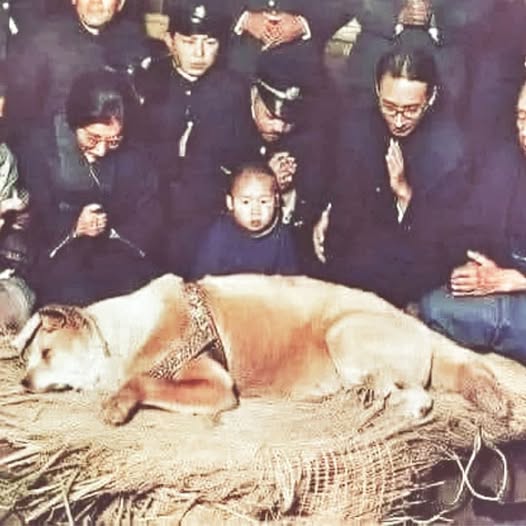
The last photograph of Hachiko, the dog that became a symbol of loyalty, captures the depth of his unwavering devotion. This noble canine gained fame for his daily routine of waiting at Shibuya Station in Tokyo for his owner, Professor Hidesaburo Ueno, even after his passing in 1925. For more than nine years, Hachiko continued to return to the same spot, hoping to see him again.
His touching story, a true testament to love and absolute fidelity, has been immortalized in books, films, and monuments around the world. The final image of Hachiko conveys serenity and a dignity that remained intact over time. Today, his bronze statue in front of Shibuya Station stands as a landmark and an eternal symbol of the special bond between dogs and humans.
2.
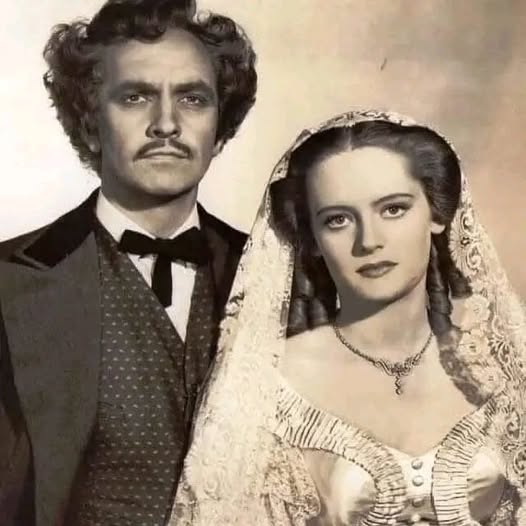
When Mark Twain married Olivia Langdon, he told a friend, “If I had known how happy married life could be, I would have wed 30 years ago instead of wasting time growing teeth.” He was 32. Twain—born Samuel Clemens—grew up in a modest family, working from a young age. He started as a printer’s apprentice, became a riverboat pilot, tried his luck at silver mining (and failed spectacularly), before finally finding his true calling as a writer. His sharp wit and storytelling brilliance made him famous across America.
It was around this time that he fell in love—not with Olivia at first, but with her portrait. A friend showed Twain a locket with her image and later invited him to meet her in person. Within two weeks, Twain proposed. Olivia liked him, but she was hesitant. He was ten years older, rough around the edges, lacked the refinement of her wealthy, cultured circle, and had not a penny to his name. She admired his talent but turned him down. Twain, ever persistent, proposed again. Another refusal—this time, she cited his lack of religious devotion. He responded with his signature humor and sincerity: “If that’s what it takes, I’ll become a good Christian.” Despite her refusals, Olivia was already in love with him. But Twain, convinced he had no chance, left.
On his way to the train station, his carriage overturned. Seizing the moment, Twain played up his injuries and was brought back to Olivia’s home. As she cared for him, he made one final proposal. This time, she said yes.
Twain made every effort to please his deeply religious wife. He read the Bible to her every evening and said grace before meals. Knowing she disapproved of some of his stories, he never submitted them for publication, accumulating over 15,000 unpublished pages. Olivia became his first editor and toughest critic—so much so that when she came across the phrase “Damn it!” in *Huckleberry Finn*, she made him remove it. Their daughter, Susy, once summed them up perfectly: “Mama loves morality. Papa loves cats.”
Twain adored Olivia. He once wrote, “If she told me wearing socks was immoral, I would stop wearing them immediately.” She called him her “gray-haired boy” and watched over him like a child. He, in turn, credited her with preserving his energy, optimism, and youthful spirit. Olivia, for her part, loved his humor. One day, Twain was laughing so loudly that she asked what book had amused him so much. Still chuckling, he handed it to her. She glanced at the cover—it was one of his own books.
Their life together was not without heartbreak. They lost children. Twain went bankrupt. But while his indomitable optimism kept him afloat, Olivia’s unshakable faith gave her strength. They never turned against each other—Twain never once raised his voice at Olivia, and she never once scolded him. Twain was fiercely protective of her. When a close friend made a joke at Olivia’s expense, Twain nearly ended their friendship over it. And when Twain set off on a round-the-world tour at sixty, Olivia—knowing he needed constant care—left everything behind to accompany him.
Photo from the “Adventures of Mark Twain” drama
3.

At the grocery store in the 1960s.
4.
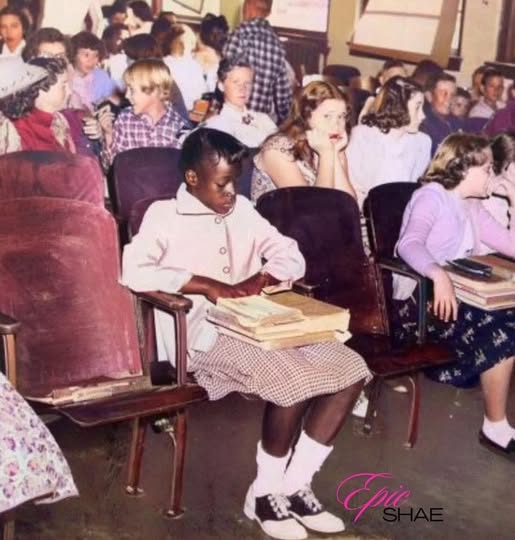
Meet Donna Jean Barksdale, an 11-year-old who was one of the first Black students to integrate an all-whitę school in Arkansas back in 1955. This wasn’t that long ago just 70 years since BIack children were even allowed to sit in the same classrooms as whitę kids.
5.
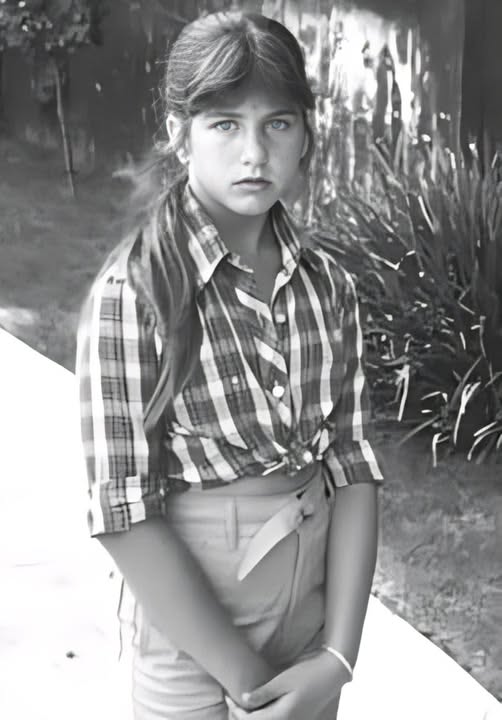
“You’re ugly, stupid, and you have a big nose,” that’s what she heard daily from her mother.
Abandoned by her father, she had a tough childhood, but she managed to become a great actress, and the whole world admired her beauty. She was very young when she decided that she would never speak to her mother again, and she didn’t invite her to her wedding either.
6.
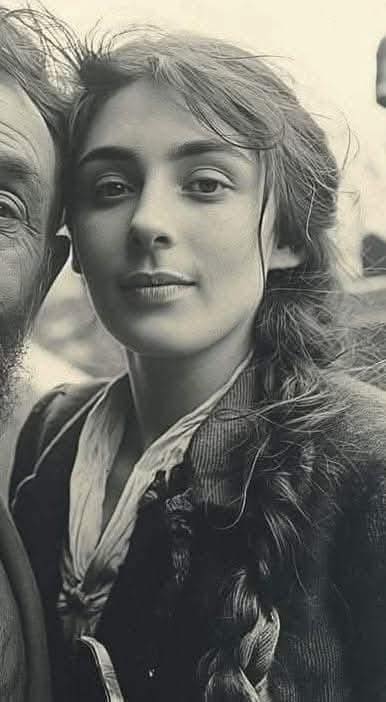
Born in 1864, died in 1943—forgotten by the world, left to languish in a mental hospital.
What was her story?
She came to Paris to study art at a time when the prestigious École des Beaux-Arts was open only to men. Undeterred, she joined studios that welcomed women. There, she met and became the lover of the celebrated sculptor Auguste Rodin. Their relationship was one of fiery passion and shared artistry—they created side by side, their collaborative genius preserved in works housed today in the Rodin Museum and Musée d’Orsay.
But Rodin, already entangled in a long-standing relationship with another woman, eventually left Camille. As his reputation soared, hers plummeted. She was scorned, shunned, and dismissed—not just as a lover but as an artist. Alone, distrusting, and out of favor, she struggled to sell her works.
Adding to her isolation, her brother, the renowned poet and diplomat Paul Claudel, played a pivotal role in her downfall. Camille, seen as “too modern” and a source of familial shame, was forcibly institutionalized by her family. For 30 years, she fought to explain the injustice of her confinement, writing anguished letters to friends and family, pleading for release. Her clarity and heartbreak resonate in these preserved writings.
On October 19, 1943, Camille Claudel died of malnutrition in a French hospital. No family members attended her funeral, and her body was buried in a common grave.
Decades later, the world has finally recognized her brilliance. Her legacy has been restored: her sculptures now stand proudly beside Rodin’s, and a museum near Paris is dedicated entirely to her work.
Camille Claudel is no longer forgotten. She is honored as the visionary she always was.
7.
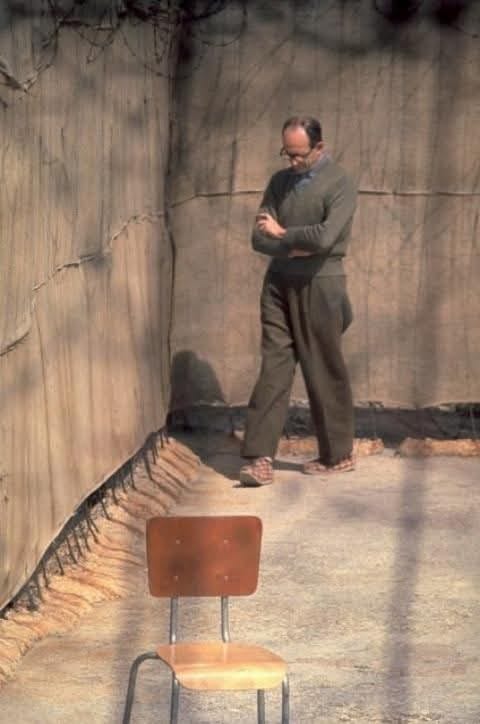
The men behind the horrors of World War II were either caught, imprisoned and put on trial for their unspeakable crimes, or they took poison before justice could catch up with them.
The ringer leader, Adolf Hitler, committed suicide before the Allies could capture him and make him answer for the war, much to the frustration and disappointment of his enemies.
Not Adolph Eichmann, however. He managed to escape, and lived for years as a quiet, “off the radar” factory worker in South America. He and his family fled to Argentina, and he likely assumed that, once there, he could live out his days in peace and anonymity.
The family did make it to Buenos Aires, and Eichmann began working at a Mercedes Benz factory. He and his wife had four sons: Klaus, Horst, Dieter, and Ricardo. Only the youngest, Ricardo, loathed his father and what he stood for; the other three remained completely loyal and devoted.
Ironically, it was, in an indirect fashion, because of Horst (Eichmann’s second son) that Eichmann was caught. The young man began dating a Jewish girl, and she had suspicions about the family. She got in touch with the Mossad, Israeli’s intelligence unit, and they investigated.
By 1960, Eichmann had been taken from South America to Israel and was put on trial for war crimes. In 1962, he was hanged.
The entire episode was recently turned into a Netflix movie, Operation Finale, starring British actor, Ben Kingsley.
8.
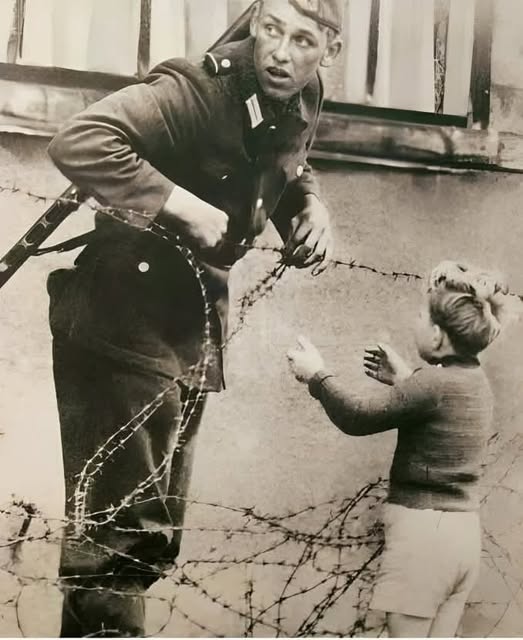
An East German soldier defying orders to help a child return to his family after he was separated from them when the newly erected Berlin Wall was built, 1961.
9.

The Original Model of Liberty
The original model of the Statue of Liberty had an African American face that was Given to USA by France to pay homage to the slaves whom were brought here by force.
The original copy was refused by America, But was Europeanized because the people of the United States did not want a Afrikan American face sitting up there on the harbor so they carved it out in France they had to go back to the drawing board and remodeled the face after patron saint of manifest destiny .
This statue was made in 1848, and was from Gold Coast . not everyone knows this because we weren’t taught this in school in fact the only statue most know is the newer version of the Statue of Liberty. When the French artist created the statue of Liberty it was suppose to represent the end of slavery.
10.

“René was the only man I ever kissed and loved.
We had an age difference of 26 years, and I met him when I was just 12.
In 1981, when he was 38, he listened to one of my demos and was so impressed that he decided to mortgage his house to finance my first album, long before I built my $500 million fortune.
Our love story lasted 21 years, during which we had three children.
René was the only man with whom I had a romantic and intimate relationship.
After his death in January 2016, due to cancer, I have no intention of seeking a new love—I still love him, and I am still in love with him.
I find love in my children, my fans, and the people who work by my side.
I go to bed imagining that he is next to me.
I sleep and take the stage with him. I still feel married to him.”
— Céline Dion
11.
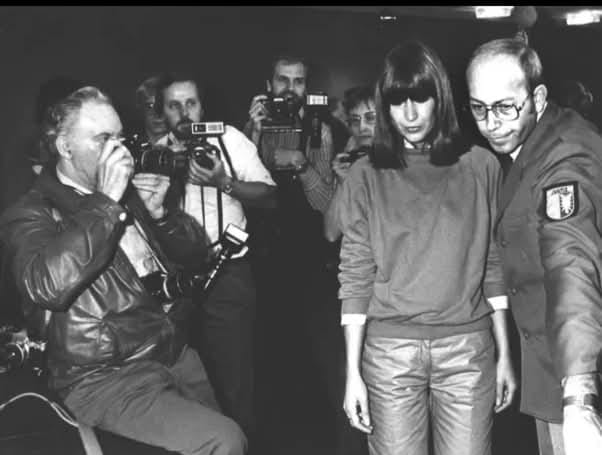
“He killed my daughter… I wanted to shoot him in the face but I shot him in the back… I hope he’s dead.”
On March 6, 1981, a German mother named Marianne Bachmeier fatally shot the man who killed her 7-year-old daughter — right in the middle of his trial. Devastated by the loss of her child and enraged by the man’s claims that the young girl had tried to “blackmail” him, Bachmeier smuggled a .22-caliber Beretta pistol in her purse and pulled the trigger in the courtroom.
She hit him with six bullets, after which he died on the courtroom floor. While Bachmeier would soon be put on trial herself and given six years sentence for kil*ling the man, she never regretted her actions.
And as she was dragged from the courtroom that day, she reportedly mumbled, “Unfortunately, I only got the pig from behind.”
12.

In South Texas a man was brought before the grand jury for killing a man who was molesting his daughter. Here is a news account:
“Hearing his 5-year-old daughter crying from behind a barn, a father ran and discovered the unthinkable: A man molesting her. The father pulled the man off his daughter, authorities say, and started pummeling him to death with his fists.
“With his daughter finally safe, the father frantically called 911, begging a dispatcher to find his rural ranch and send an ambulance.
“Come on! This guy is going to die on me!” the man is heard screaming on the 911 call. “I don’t know what to do!”
“A recording of the tape was played during a news conference Tuesday where the Lavaca County district attorney and sheriff announced that the father will not face charges.
“In declining to indict the 23-year-old father in the June 9 killing of Jesus Mora Flores, a Lavaca County grand jury reached the same conclusion as investigators and many of the father’s neighbors: he was authorized to use deadly force to protect his daughter.
“It’s sad a man had to die,” said Michael James Veit, 48, who lives across the street from where the attack happened in this small community run on ranching and the Shiner beer brewery. “But I think anybody would have done that.”
“The family ranch is so remote that on the 911 tape, the father is heard profanely screaming at a dispatcher who couldn’t locate the property. At one point, he tells the dispatcher he’s going to put the man in his truck and drive him to a hospital.”
“He’s going to die!” the father screams, swearing at the dispatcher. “He’s going to fucking die!”
“The tense, nearly five-minute call begins with the father saying he “beat up” a man found raping his daughter. The father grows increasingly frazzled, shouting into the phone so loudly at times that the call often becomes inaudible.
“The Associated Press is not identifying the father in order to protect the daughter’s identity. The AP generally does not identify victims of sexual assault.
“He’s a peaceable soul,” V’Anne Huser, the father’s attorney, told reporters at the Lavaca County courthouse. “He had no intention to kill anybody that day.”
“The attack happened on the family’s ranch off a quiet, two-lane county road between the farming towns of Shiner and Yoakum. A statement released by the district attorney said a witness who saw Flores “forcibly carrying” the girl into a secluded area scrambled to find the father. Running toward his daughter’s screams, the father pulled Flores off his child and “inflicted several blows to the man’s head and neck area,” investigators said.
“Emergency crews responding to the father’s 911 call found Flores’ pants and underwear pulled down on his lifeless body. The girl was examined at a hospital, and Lavaca County district attorney Heather McMinn said forensic evidence and witness accounts corroborated the father’s story that his daughter was being sexually molested.
“The father was never arrested, but the killing was investigated as a homicide.
“Philip Hilder, a Houston criminal defense attorney and former federal prosecutor, said he would have been surprised if the grand jury had decided to indict the father. Hilder said Texas law provides several justifications for the use of deadly force, including if someone commits a sexual assault.
“The grand jury was not about to indict this father for protecting his daughter,” he said.
“Authorities said the family had hired Flores before to help with horses on the ranch. Attempts to locate Flores’ relatives through public records were unsuccessful.
Texas man will not be charged for beating daughter’s molester to death
13.
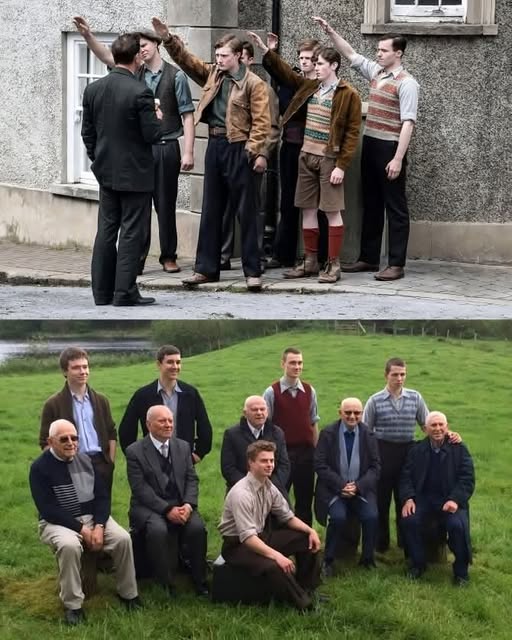
The Windermere Children (2020) is a poignant historical drama based on the true story of child Holocaust survivors who were brought to Britain in 1945 to rebuild their lives. Directed by Michael Samuels, the film offers a deeply moving look at trauma, resilience, and the healing power of compassion.
Set against the serene backdrop of Lake Windermere, the film follows a group of Jewish children who have endured unimaginable horrors in Nazi concentration camps. Upon arrival in England, they struggle with nightmares, fear, and the challenge of trusting adults again. Through the patience and kindness of their caregivers—particularly child psychologist Oscar Friedmann (Thomas Kretschmann) and his team—the children gradually learn to embrace hope and rediscover their humanity.
What makes The Windermere Children particularly compelling is its understated storytelling. It avoids excessive dramatization, instead focusing on quiet, intimate moments that reveal the psychological scars of the survivors. The young cast delivers powerful performances, especially Kamil Lemieszewski and Tomasz Studzinski, whose portrayals capture the deep-seated pain and tentative optimism of their characters.
The film is not just a historical account but a tribute to resilience. It reminds us of the importance of kindness and the ability of the human spirit to heal, even after the darkest of times. The epilogue, featuring interviews with the real-life Windermere children, adds an extra layer of emotional depth, making this a must-watch for those interested in history and human perseverance.
15.
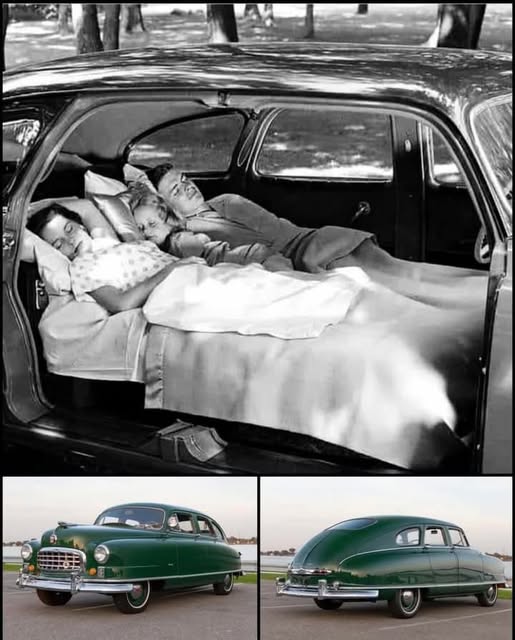
The 1949 Nash Airflyte 600 had reclining seats that converted into a twin bed, plus a sleek, aerodynamic design for better efficiency
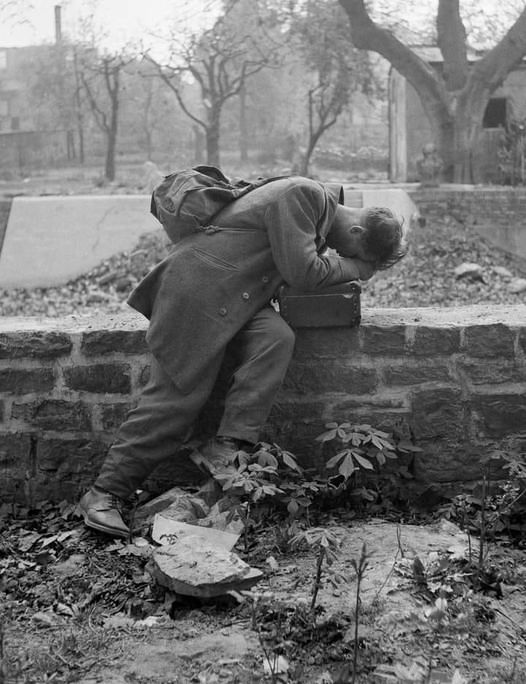
A defeated German soldier returns home from war finding nothing but rubble of his home and his wife and children are all gone, Frankfurt 1947.
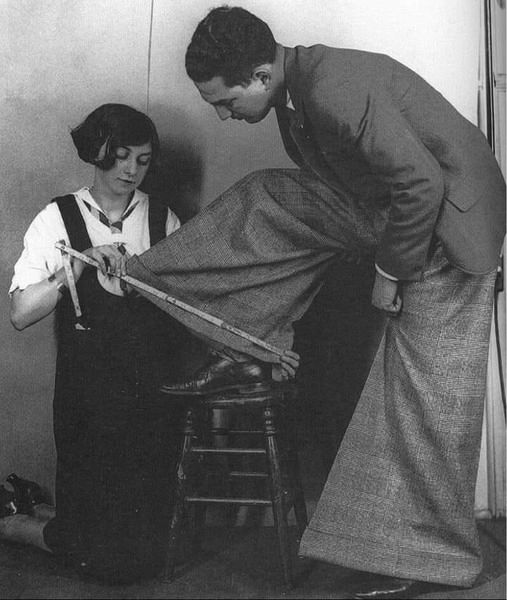
Oxford Bags , the ridiculously wide-legged trousers of the 1920s.
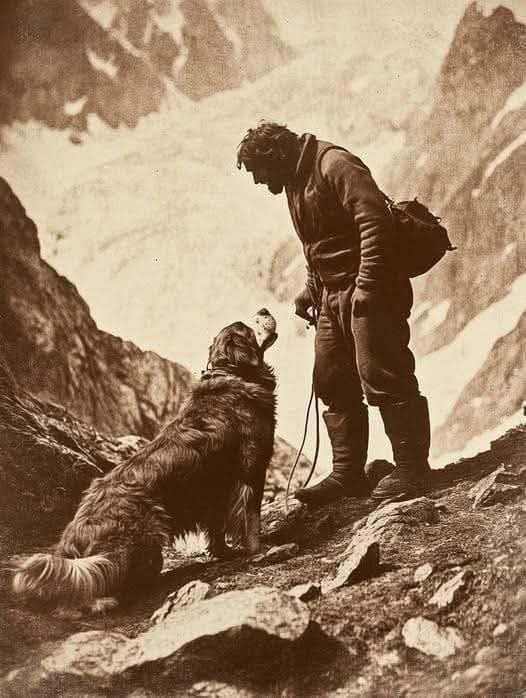
In 1895, a remarkable tale of courage and compassion unfolded in the icy terrain of the Swiss Alps. Barry, a St. Bernard trained by the monks of the Great St. Bernard Hospice, became a beacon of hope for stranded travelers. On a fateful day, Barry found a mountaineer who had lost his way and collapsed from exhaustion. Guided by his instincts and training, Barry worked tirelessly to keep the man warm, barking to alert rescuers and staying by his side until help arrived.
Barry was more than a rescue dog; he was a lifeline for those facing the Alps’ harsh conditions. Equipped with supplies and unmatched endurance, he braved snowstorms and treacherous terrain, saving dozens of lives during his service. Stories of his heroism spread far and wide, turning Barry into a legend and highlighting the vital role of rescue animals. His image, often depicted in photographs and paintings, became a universal symbol of bravery and selflessness.
This story captivated Europe and North America, inspiring admiration for rescue dogs and their handlers. Barry’s work also brought attention to the ongoing efforts of the monks who trained such extraordinary animals to save lives in the unforgiving mountains. His legacy laid the foundation for the role of rescue dogs in modern emergency response efforts, proving the enduring bond between humans and animals.
Barry’s tale reminds us of the power of courage and compassion, even in the most challenging circumstances. “Heroes come in many forms, but their heart and dedication make all the difference.”
Credit to the respective owner

A woman standing next to a Redwood tree, 1950s
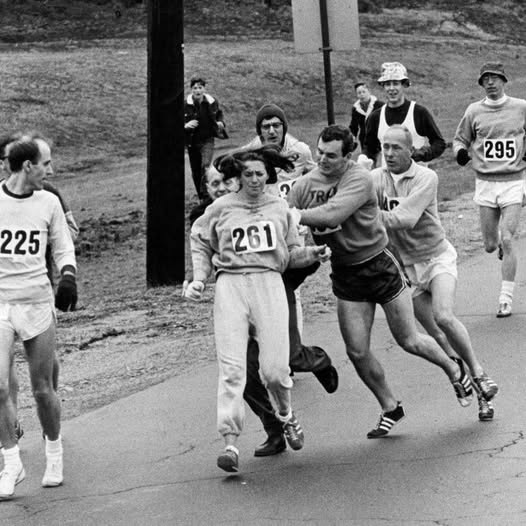
Kathrine Switzer made history in 1967 as the first woman to officially run the Boston Marathon, despite women being banned from the race. Registering as “K.V. Switzer,” she was issued bib #261 and faced dramatic resistance when a race official tried to physically remove her mid-race. Switzer finished, sparking a movement for gender equality in sports. Her efforts helped women gain official entry to the Boston Marathon in 1972 and contributed to the women’s marathon becoming an Olympic event in 1984.
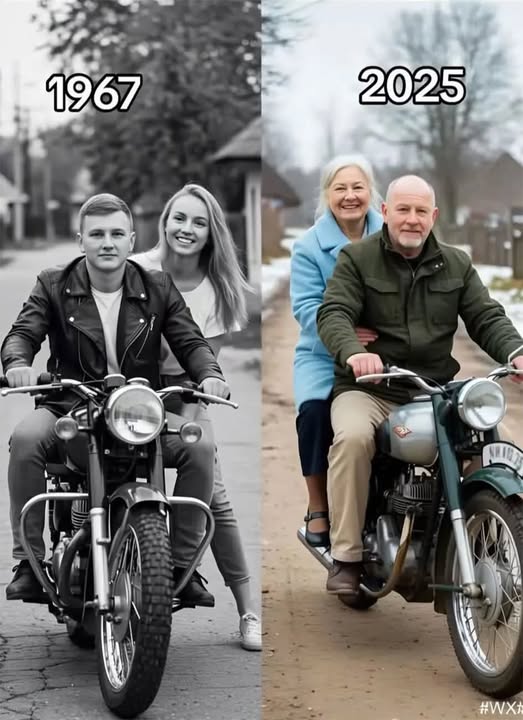
Same bike, same people, same place, more than 51 years later (1967-2025)…
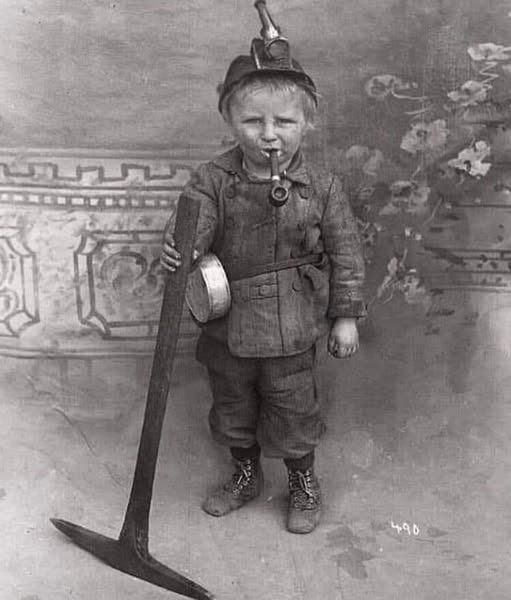
8 year old coal miner in Utah – USA, early 1900’s.
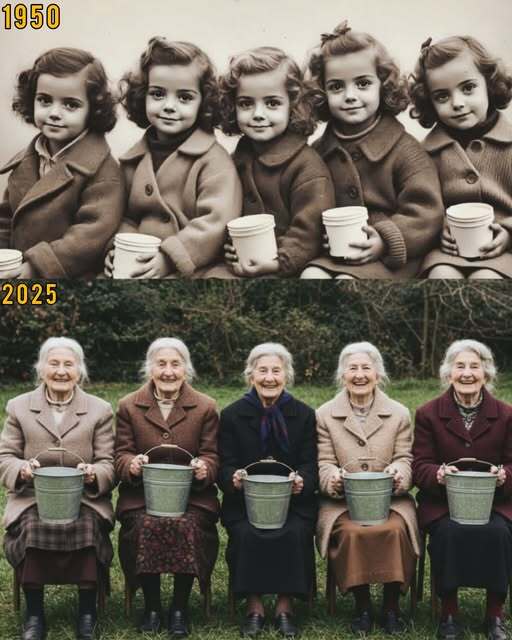
Why don’t pictures like this ever trend.


0 Comments